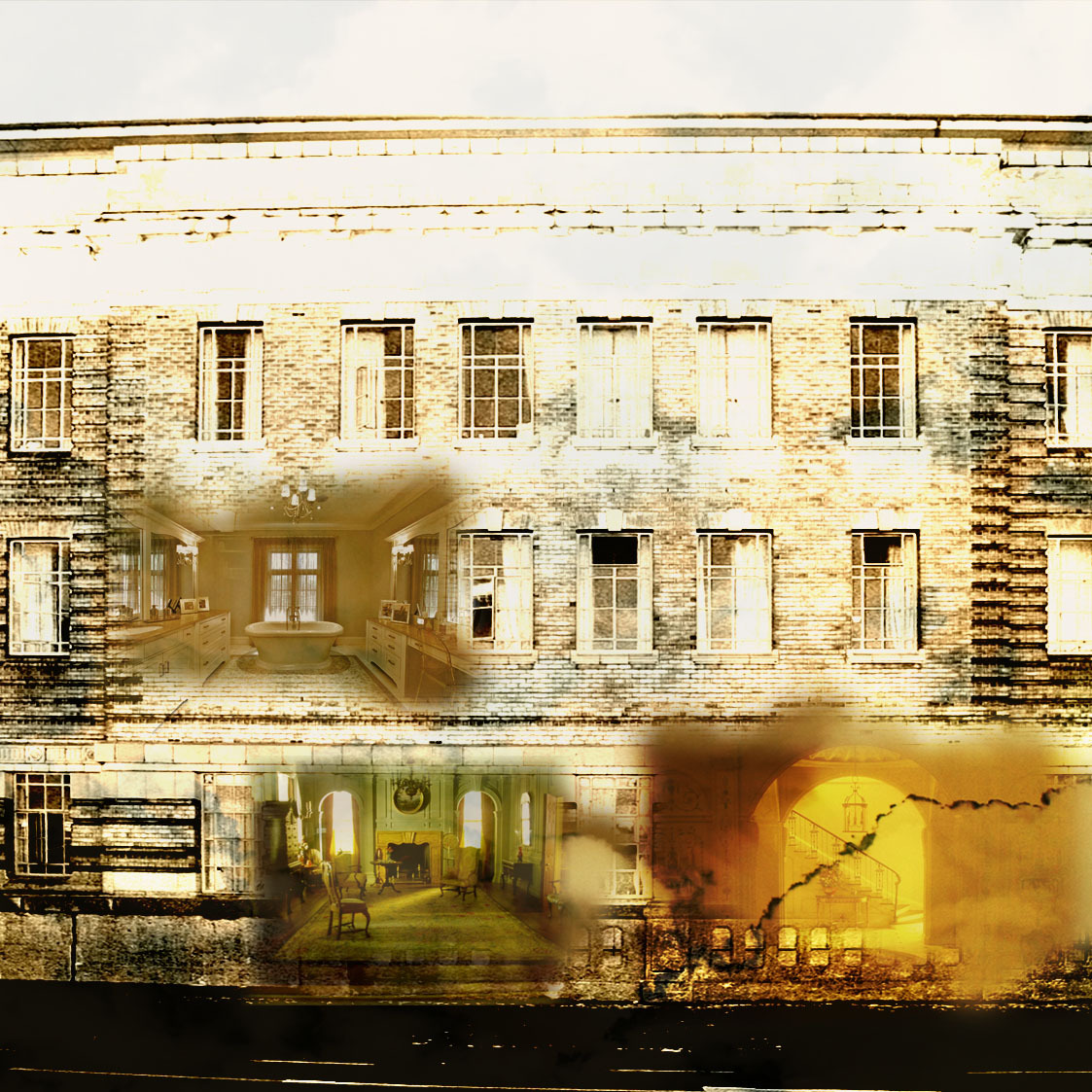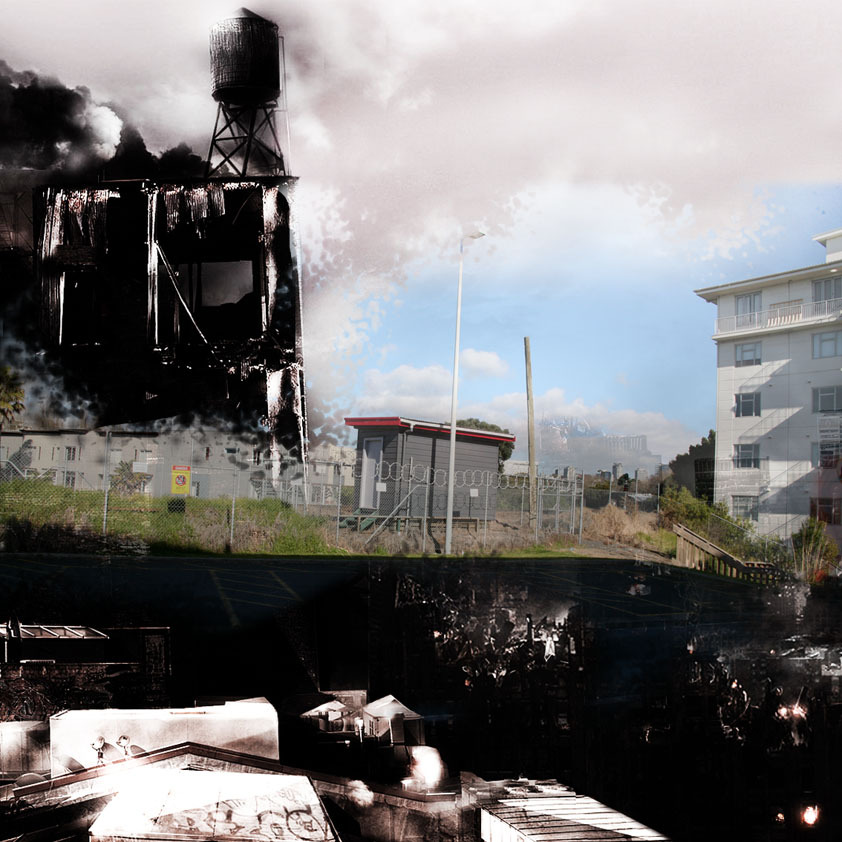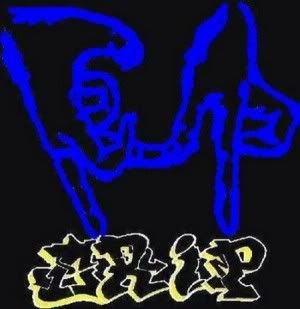In the realms of Architecture and design, a significant emphasis is imposed on the development of ideas from fictional and nonfictional occurrences and happenings in society. Having been tasked with the implementations of these “ideas” from the narration of “The Ultimate City”, Group 25 has produced a series of computer aided designs, which effectively conceptualise the ideas of a dystopia and a utopia. Unlike most presentations on display, it is apparent that the group has collectively focused their designs to accommodate the “best of both worlds” (in this case the utopia and dystopia as one final product). There also seems to be an imminent yet delicate and elaborate focus on the symbolic persona, as a direct reference to the “Ultimate City”.

At first glance of the extravagant development in the collaborated design’s of an intricate utopia and dystopia, it is apparent that the main focus is pursued towards expression of presenting the utopia and dystopia as one singular entity within the photographs. This is showcased in the sectional photograph; the deprived yet harmonious ruins of the facade is complemented and epitomised by the fluent interior of a modern architectural phenomena. In all this approach significantly adheres to the group’s focus of merging the “Garden City” to the Ruins of a “lost civilisation”.

This approach is also apparent in the second image where the group has expressed their skill in conceptualising ideas through the implementation of computer-aided design. This has been improvised vasty in the development of the second photograph and aids the viewer’s ability to greater contrast and relish the thought of having a coexisting Utopia and Dystopia side by side. The attention to detail is observed in the atmospheric conditions present in the image. The dense dreary clouds express the serenity of decay and despair, which may have occurred in the Dystopia, however the subtle recession in atmospheric condition leads to the ideology of revelation; as the viewer is engaged to the minimal expression of a Utopia. Collectively Group 25 has shown the ability to conceptualise the idea of co-existing metropolitans as one entity.

However the satisfaction of viewing the presented images was in the group’s ability to once again express the contradiction of two cities through the indulging symbolism. The guided silhouette of a train is elegantly conceived to symbolise the development of technology in transport vehicles within the “Ultimate City”. However the group’s ability to recast the viewers mind towards the historical changes in reference to the dystopia discovered by Holloway (fictional character) is relentless, as they have deliberately infused an insignia of a closed railway station. The symbolic references are of great significance and aid the group’s ability to relate to the extinct and deprived nature of a Dystopia.
As a collective personal observance, it is apparent that Group 25 has exquisitely showcased there ideas “In The best light “ possible and have left the viewers with a thought of the co-existence of a Dystopia and Utopia as one entity.
KRIPZ FR LIFE !



















































